The face behind Snow-White, the brains behind Bluetooth
Hedy Lamarr was born in Vienna, Austria in 1914. An only child, Hedy, or then named Hedwig Eva Kiesler, was inspired by her father, a bank director and curious man, to look at the inner workings of different machines - such as the printing press or street cars. At 5 years of age, Lamarr could be found taking apart and reassembling her music box to understand how it operated. Meanwhile, Hedy’s mother was a concert pianist and introduced her to the arts and she studied both ballet and piano.
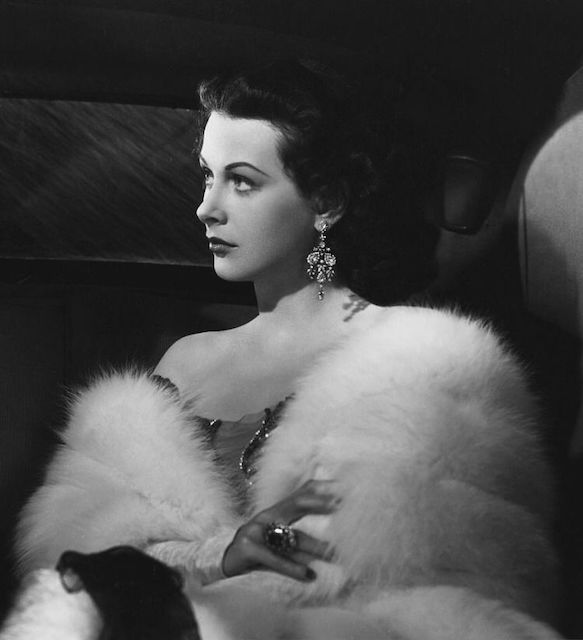
Lamarr’s brilliant mind was ignored, and her beauty took centre stage. At age 16 she appeared in her first German film called Geld auf der Straβe (“Money on the Street”). However, it wasn’t until 1932 that Lamarr gained recognition as an actress for her role in the controversial film, Ecstasy.
Austrian munitions dealer, Fritz Mandl, became one of Hedy’s adoring fans and they married in 1933, but it was short-lived. Hedy once said, “I knew very soon that I could never be an actress while I was his wife … I was like a thing, some object of art which had to be guarded—and imprisoned—having no mind, no life of its own.” She was incredibly unhappy, and she escaped from Mandl’s grasp in 1937 by fleeing to London but took with her the knowledge gained from dinner-table conversation over wartime weaponry.
While in London, Hedy’s was introduced to Louis B. Mayer, of the famed MGM Studios. With this meeting, she secured her ticket to Hollywood where she mystified American audiences with her grace, beauty and accent.
It was around this time that Walt Disney used Hedy Lamarr’s look for 'Snow White' (also using Marge Champion for the live action look and Adriana Caselotti for her voice) and she also had the look that inspired 'Catwoman'.
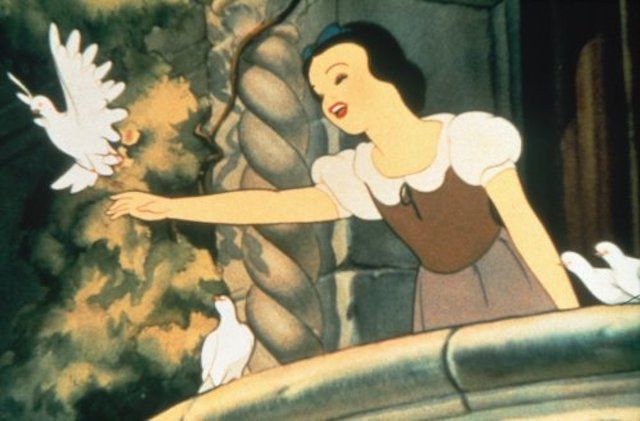
In Hollywood, Hedy by then was called 'the most beautiful woman in the world' and was introduced to a variety of characters, such as businessman and pilot Howard Hughes.
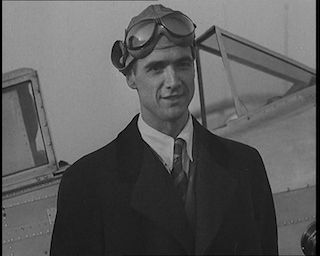
Lamarr dated Hughes who gave her a small ‘inventing set’ to use in her trailer whilst on the movie set. While she had an inventing table set up in her home, the small set allowed her to work on inventions between takes. Hughes took Hedy to his airplane factories, showed her how the planes were built, and introduced her to the scientists behind the processes. Lamrr was inspired to innovate as Hughes wanted to create faster planes that could be sold to the US military. She bought a book of fish and a book of birds and looked at the fastest of each kind. Lamarr combined the fins of the fastest fish and the wings of the fastest bird to sketch a new wing design for Hughes’ planes. Upon showing the design to Hughes, he said to her,“You’re a genius.”
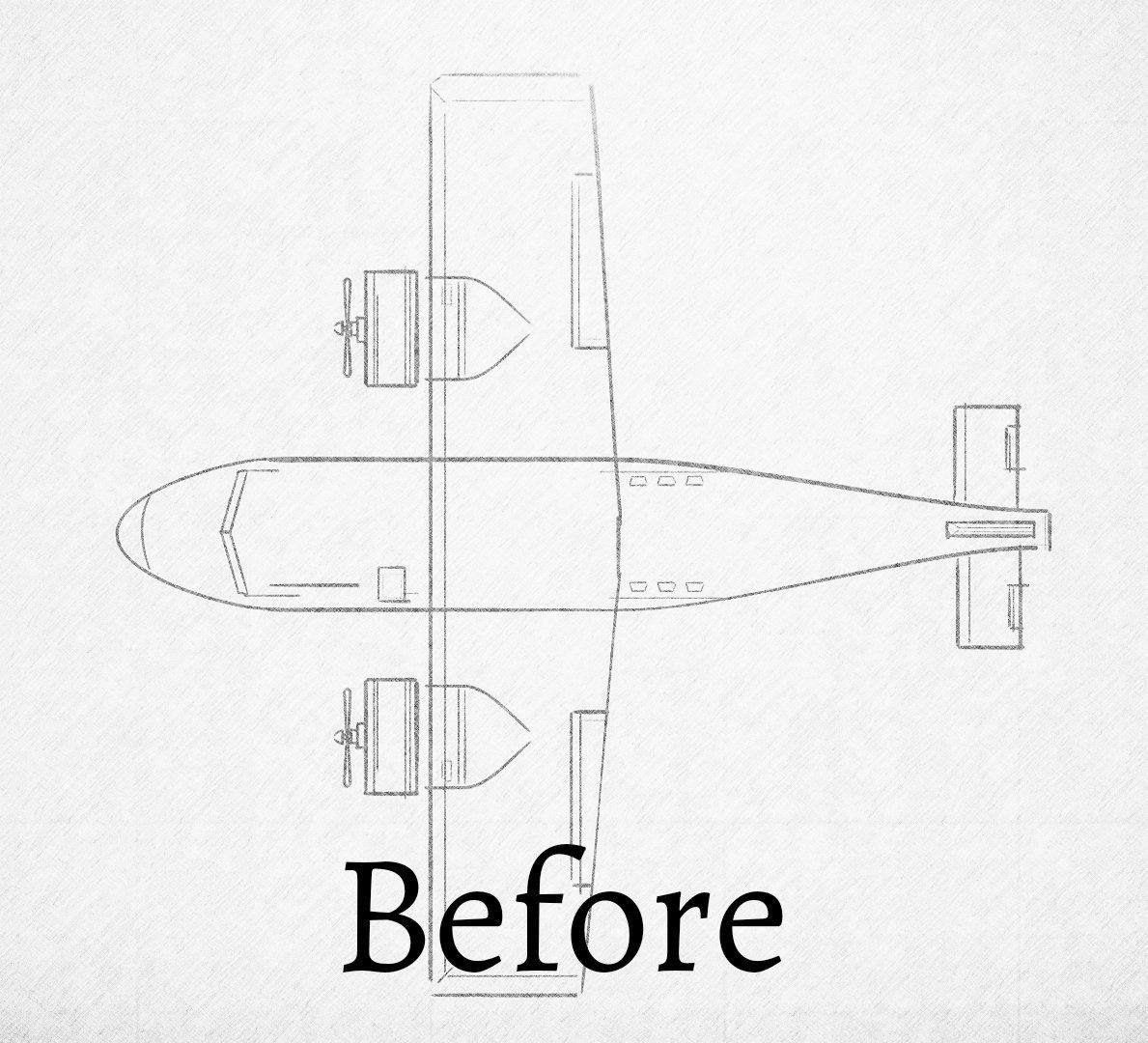
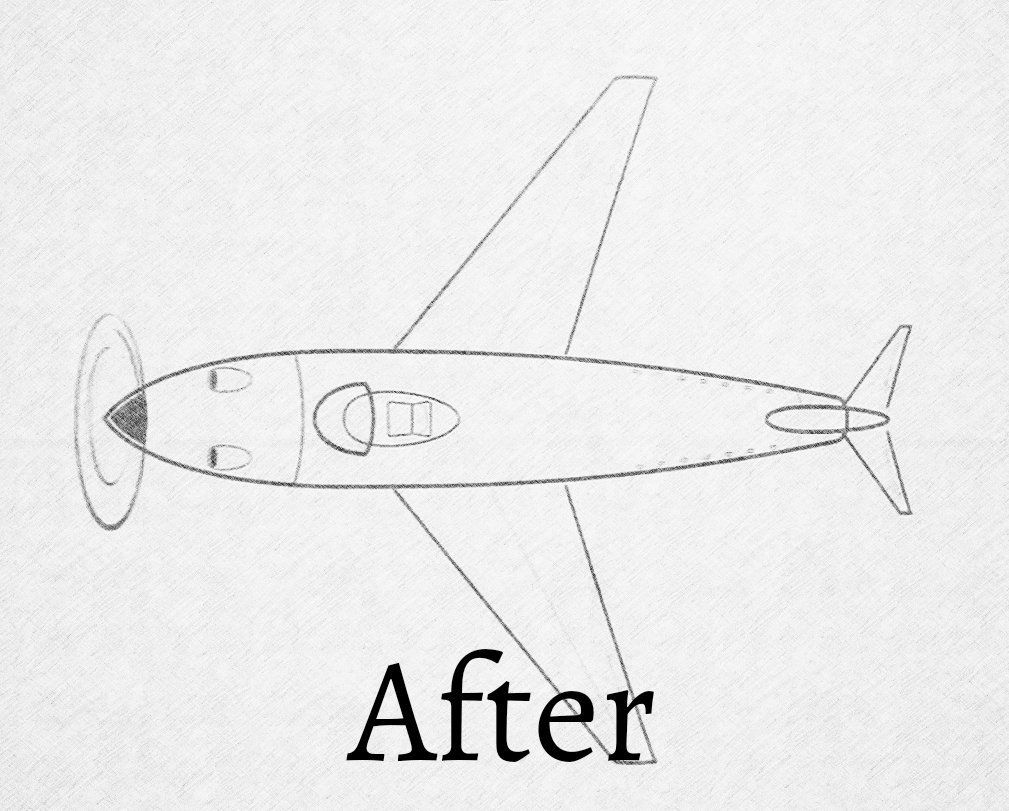
Lamarr was indeed a genius as the gears in her inventive mind continued to turn. She once said, “Improving things comes naturally to me.” She went on to create an upgraded stoplight and a tablet that dissolved in water to make a soda similar to Coca-Cola. However, her most significant invention was engineered as the United States geared up to enter World War II.
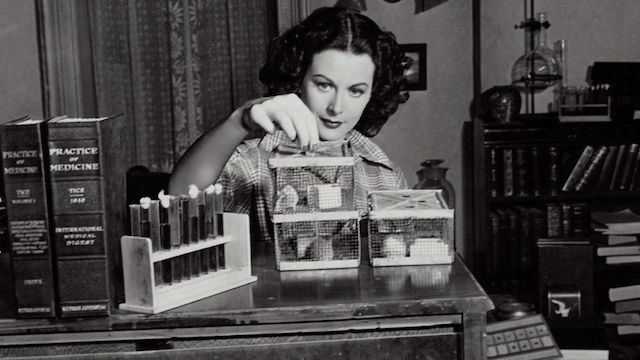
In 1940 Lamarr met George Antheil, a pianist and composer known for his experimental music compositions and film scores. He shared the same inventive spirit as Lamarr and the same shared concern - the looming war. Antheil recalled, “Hedy said that she did not feel very comfortable, sitting there in Hollywood and making lots of money when things were in such a state.” After her marriage to Mandl, she had knowledge of munitions and various weaponry that would prove beneficial. And so, Lamarr and Antheil began to tinker with ideas to combat the axis powers.
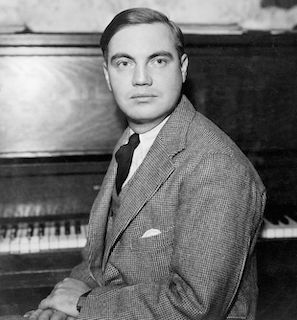
Lamarr heard that the Navy had a major problem. Their radio-controlled torpedoes could be hacked by the enemy, then jammed and set off course. She believed that by creating a signal that quickly hopped from one frequency to another, such jamming could be avoided. Apparently Lamarr and Antheil were inspired by the rolls used by self playing pianos!
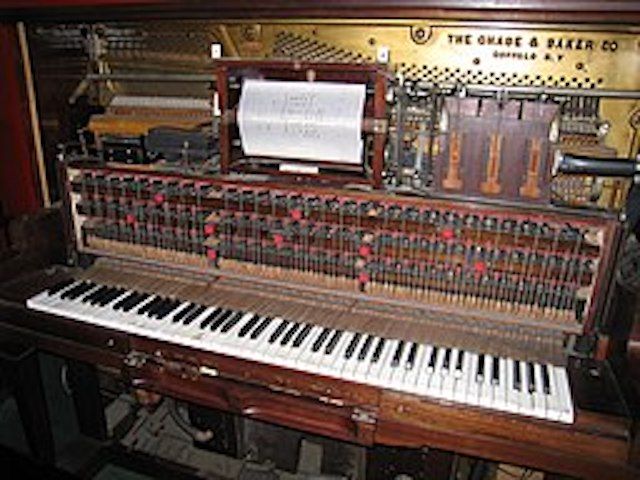
This came to be known as the frequency-hopping spread spectrum. It would later be used to develop all kinds of wireless communication technology.
What modern day technology uses spread spectrum; you ask? Bluetooth, GPS and Wi-Fi. The idea was enough to secure a patent. In 1942, the US Patent Office granted “Hedy Kiesler Markey” et al Patent 2.292.387.
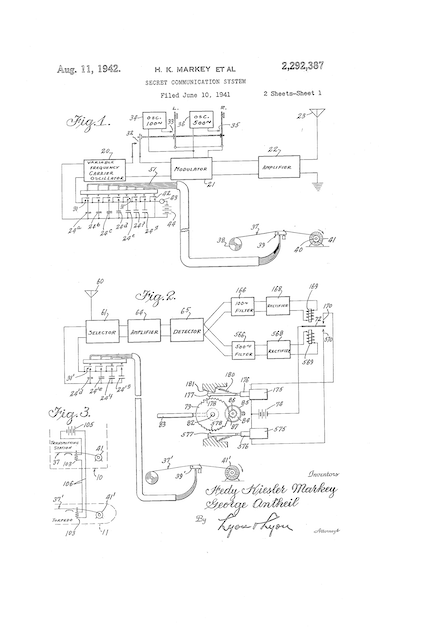
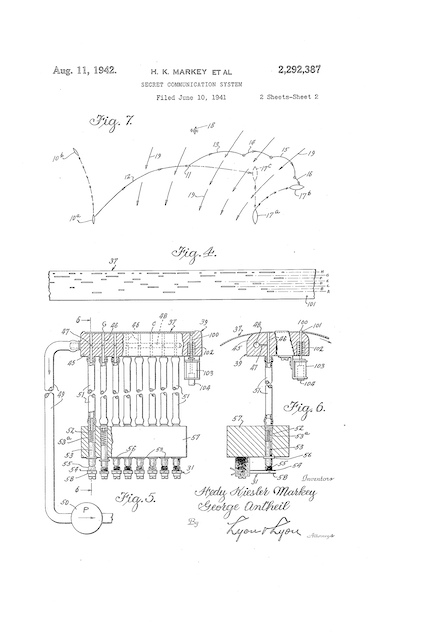
The Navy decided against the implementation of the new system. The rejection led Lamarr to turn to supporting the war efforts through her celebrity status by selling war bonds. At events she would pick a soldier to kiss if everyone in the audience would by buy a war bond - this raised millions of dollars for the war effort.
After the war Dishonored Lady was filmed in 1947, the 'noir crime' film was directed by Robert Stevenson and starred Hedy Lamarr, Dennis O'Keefe, and John Loder. Hedy Lamarr and John Loder were married when they made this film: they divorced before the year was out.
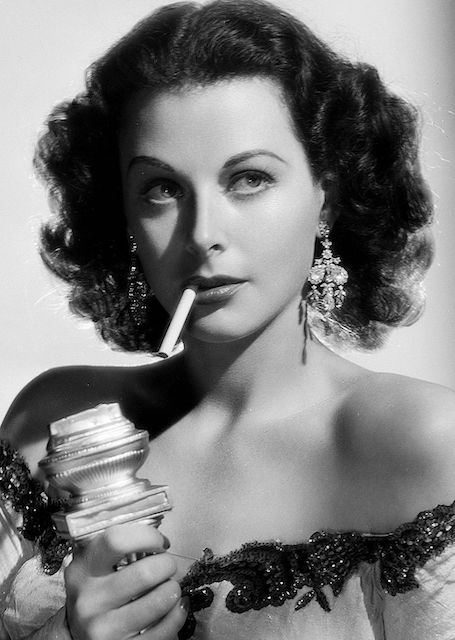
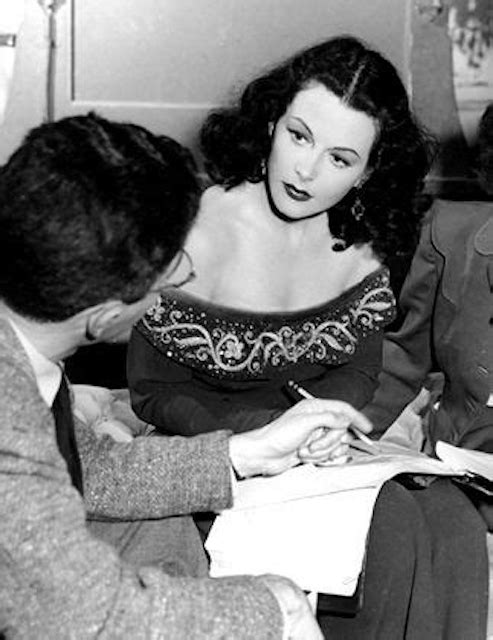
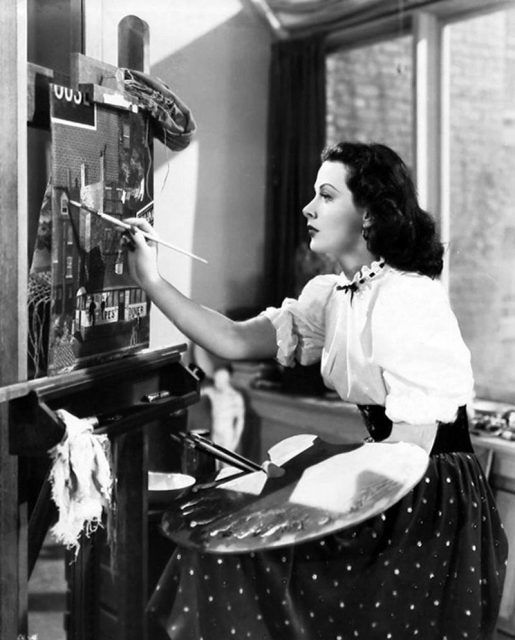
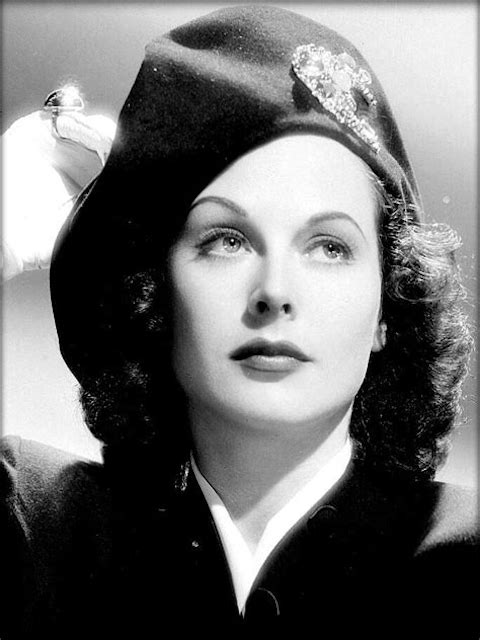
In 1949 Hedy starred along with Victor Mature in the Cecil B. deMille's Samson and Delilah which was enormously successful. At the time of its release it was the third highest-grossing film ever, behind Gone with the Wind (1939) and The Best Years of Our Lives (1946). Critics adored the 1949 film and considered it to be Lamarr’s best work: Lamarr agreed. Out of all her movies, she called it her personal favourite.
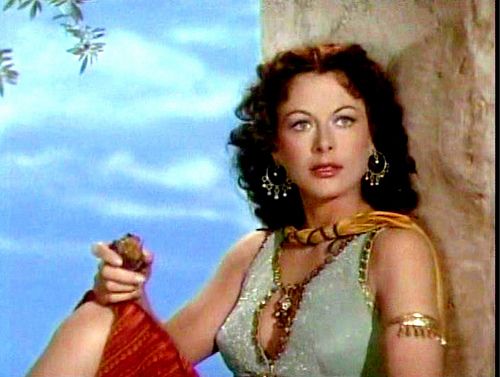
Hedy continued to accumulate credits in films until 1958. However it wasn’t until Hedy’s later years that she received any awards for her invention.
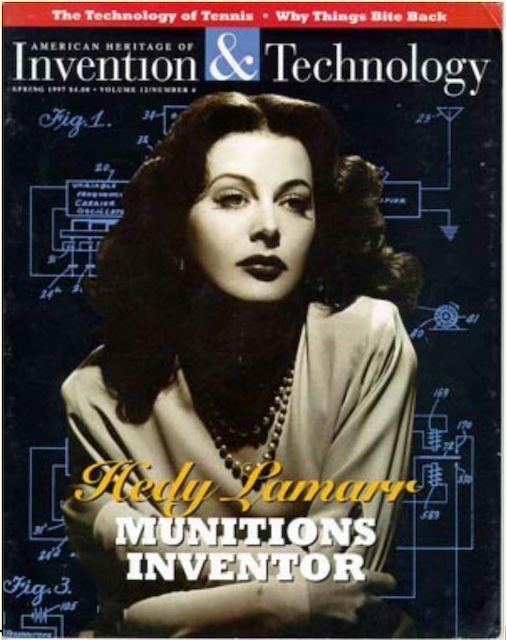
The Electronic Frontier Foundation jointly awarded Lamarr and Antheil with their Pioneer Award in 1997. Lamarr also became the first woman to receive the Invention Convention’s Bulbie Gnass Spirit of Achievement Award. Although she died in 2000, Lamarr was inducted into the National Inventors Hall of Fame for the development of her frequency hopping technology in 2014.
Such achievement has led Lamarr to be dubbed “the mother of Wi-Fi” and other wireless communications like GPS and Bluetooth.
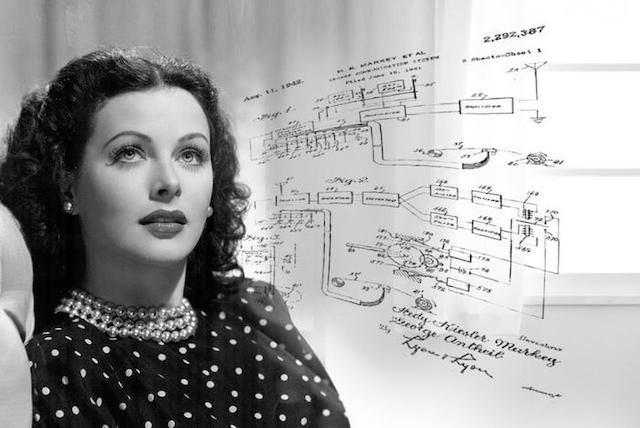
In 2015 Google posted an animated 'Google Doodle' celebrating the 101st birthday of 'Inventor and Hollywood star', Hedy Lamarr Click here
Two years later in 2017, Alexandra Dean would write, co-edit and and direct a movie about Hedy Lamarr's life "Bombshell". The film follows the life story of Lamarr from her youth, six marriages, her acting career, her landmark invention, decline, and finally her death at the age of 85 in the year 2000. The focus of the film is on her co-creation with George Antheil and the technology of frequency hopping. Alexandra spent 6 months researching this area of Hedy's life and Alexandra was interviewed and her insights are very interesting. The interview can be viewed here.
Credits:
Text extracts taken from Colleen Cheslak's article in Womenshistory.org-2018 and Factinate.com
